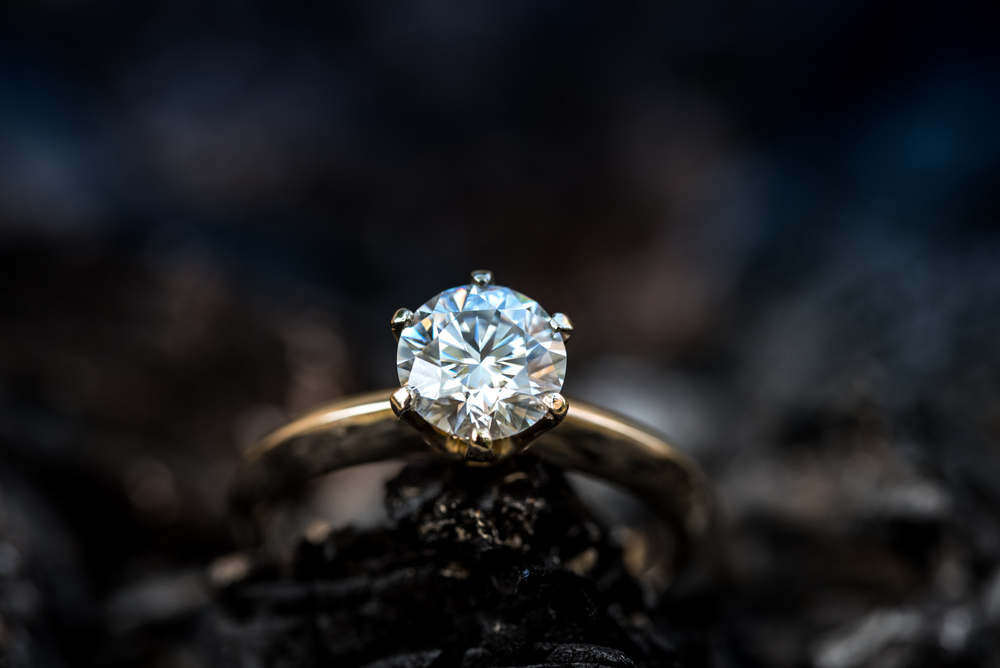
Diamond blemishes are imperfections on the surface of a diamond that reduces its clarity grade. Most diamond blemishes occur at the time of cutting or through natural wear. Diamond blemishes have a significant impact on the clarity grades of a diamond and a reduced clarity grade lowers the price of a diamond. In this article, we are discussing diamond blemishes and their types.
About Diamond Blemishes
As we mentioned, diamond blemishes occur on the surface of a diamond. Improper storage, wearing out, and improper cutting are some factors that cause diamond blemishes. Some examples of blemishes include scratches, rough girdles, polish lines, pits, nicks, etc. Most of the diamond blemishes can be removed by polishing. When you select your engagement ring diamond, you should take extra care to avoid diamonds with a large number of blemishes. A lot of blemishes can make the diamond dull and off-looking.
You can easily find the intensity of blemishes from the clarity grade of a diamond. But purchasing a natural diamond of very high clarity grade can be very expensive. If you select lab-grown diamonds, you can find affordable high clarity-grade diamonds.
Types Of Diamond Blemishes
Now let us discuss the different types of blemishes that you should avoid when purchasing your diamond.
Abrasion
On a polished diamond, abrasion appears as a sequence of tiny nicks along a facet junction. The edges of a diamond with abrasion look fuzzy and milky. Careless handling is the main cause of abrasion.
Burn Marks
Polishing a diamond very quickly with a polishing wheel can produce intense heat energy and this heat causes burn marks on some areas of the diamond. Without causing any damage to the diamond, these smoky areas can be polished out.
Extra Facet

Just like the name indicates, an extra facet is created on the diamond during its manufacturing process. An extra facet may not affect the brilliance of the diamond, but it affects the symmetry of the stone. Moreover, an extra facet will not reduce the clarity grades of a diamond. It is common to see additional facets in high-clarity grade diamonds. These facets are meant to be polished out.
Lizard Skin
A flaw on a polished diamond called “lizard skin” resembles a wavy or bumpy patch. It happens when a stone is polished improperly during the production process. Lizard skin blemishes can be easily ground away without causing any problems to the diamond’s durability.
